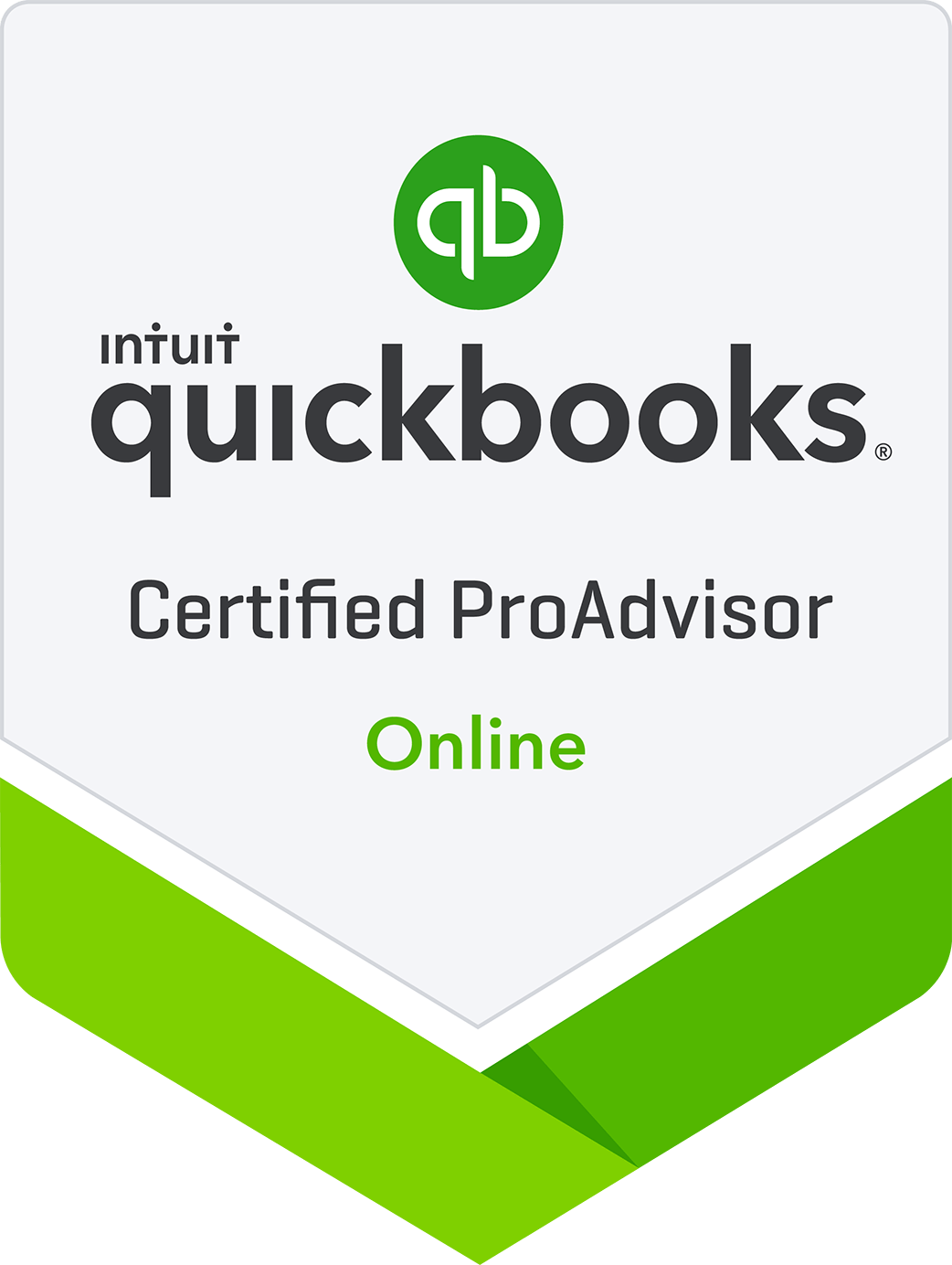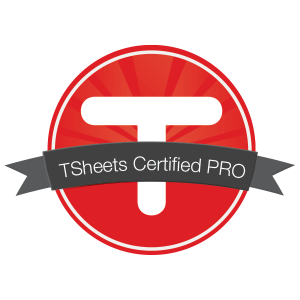One of the side effects of our last economic slowdown was in state government budgets; states searched hard for new income, and many of them found a great source by cracking down on sales tax collections. Their new hot buzzword: nexus.
Nexus means a connection that a business has with a state, and it has to do with a form of presence. In the sales tax world, you owe sales tax to a state if you have nexus in that state and you are selling taxable items. The scary part for small businesses is what makes up nexus.
A Small World
Globalization and technology together have produced dramatic shifts in the way businesses can look today. Not only can we access a pool of local talent to staff and grow our businesses, we can employ almost anyone around the world to work for us. Hiring employees or contractors located in other states can stretch our nexus to include that state.
As an example, if your company is located in Illinois and you hire an employee that works from her home in Nevada, you might have nexus in Nevada and Illinois, and you might owe sales tax in both places. Sales tax nexus is not the same as state income tax nexus, but the presence of a worker in another state is a possible trigger for sales tax nexus.
Taxable in One State, Not in Another
The taxability of services has grown rapidly as states look to balance their budgets after Federal cuts and other shortfalls. Not all services are taxed equally across states. Web design services are taxable in Texas, but not California, as one example.
Some states have smaller jurisdictions such as counties and municipalities, making for a total of 10,000 jurisdictions in the U.S., not just 50. Alabama, Colorado and Arizona, for example, have statewide rules as well as taxability rules for localities within the states.
Innocuous Survey Can Trigger Audit
You might receive a form that looks like a survey and asks innocent-looking questions such as how many employees do you have and what state do they work in. The surveys don’t look like they are from a state government but they might be. It’s their way of getting you to admit nexus. Please do not let a worker fill these out; it could expose you to a huge liability.
Minimizing Sales Tax Audit Risk
Because of the high dollar impact on the profitability of your business, it’s best to get a sales tax professional involved in helping you determine the taxability of your items as well as interpreting nexus. Many states are hiring auditors and aggressively pursuing businesses, so due diligence in this area is prudent.
If we can help in any way, please reach out and let us know.



 Want a free consultation with us? Give us a call or send us an email to claim your complimentary consulting session.
Want a free consultation with us? Give us a call or send us an email to claim your complimentary consulting session.




